
The India Museum was a London museum of India-related exhibits, established in 1801. It was closed in 1879 and its collection dispersed, part of it later forming a section in the South Kensington Museum.

The India Museum was a London museum of India-related exhibits, established in 1801. It was closed in 1879 and its collection dispersed, part of it later forming a section in the South Kensington Museum.
The museum, of the East India Company, was established in 1801, in East India House in Leadenhall Street, London. The first curator was Sir Charles Wilkins, an orientalist. [1] [2] He had lived in India from 1770 to 1786, in the service of the East India Company; he was said to be the first Englishman to gain a thorough grasp of Sanskrit. [3]

When the East India Company was disbanded in 1858, the India Office was established, and the museum collection was moved in 1861 to Fife House in Whitehall; East India House was demolished in 1863. The director of the museum was John Forbes Watson. In 1869 the collection was moved to the India Office, and in 1875 it was moved temporarily to the South Kensington Museum (later renamed the Victoria and Albert Museum). [1] [4] [5]
The India Museum was dissolved in 1879. Most of the collection went to the British Museum, Kew Gardens and the South Kensington Museum, where the Indian section was opened in 1880; it was known as the India Museum until 1945. [1] [2]

The East India Company (EIC) was an English, and later British, joint-stock company founded in 1600 and dissolved in 1874. It was formed to trade in the Indian Ocean region, initially with the East Indies, and later with East Asia. The company seized control of large parts of the Indian subcontinent and colonised parts of Southeast Asia and Hong Kong. At its peak, the company was the largest corporation in the world by various measures. The EIC had its own armed forces in the form of the company's three Presidency armies, totalling about 260,000 soldiers, twice the size of the British army at the time. The operations of the company had a profound effect on the global balance of trade, almost single-handedly reversing the trend of eastward drain of Western bullion, seen since Roman times.
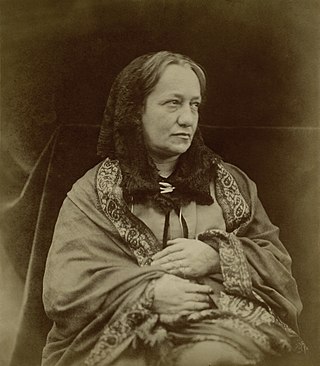
Julia Margaret Cameron was a British photographer who is considered one of the most important portraitists of the 19th century. She is known for her soft-focus close-ups of famous Victorian men and women, for illustrative images depicting characters from mythology, Christianity, and literature, and for sensitive portraits of men, women and children.

Sir Alfred Chester Beatty was an American-British mining magnate and philanthropist. A successful businessman, Beatty was given the epithet "the King of Copper" in reference to his fortune. He became a naturalised British citizen in 1933, was knighted in 1954 and was made an honorary citizen of Ireland in 1957.

The Royal Military College (RMC), founded in 1801 and established in 1802 at Great Marlow and High Wycombe in Buckinghamshire, England, but moved in October 1812 to Sandhurst, Berkshire, was a British Army military academy for training infantry and cavalry officers of the British and Indian Armies.

Sir Charles Wilkins was an English typographer and Orientalist, and founding member of The Asiatic Society. He is notable as the first translator of Bhagavad Gita into English. He supervised Panchanan Karmakar to create one of the first Bengali typefaces. In 1788, Wilkins was elected a member of the Royal Society.
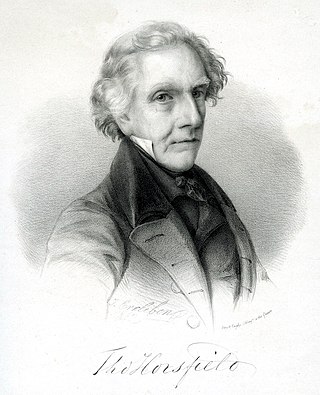
Thomas Horsfield was an American physician and naturalist who worked extensively in Indonesia, describing numerous species of plants and animals from the region. He was later a curator of the East India Company Museum in London.

Albert Karl Ludwig Gotthilf GüntherFRS, also Albert Charles Lewis Gotthilf Günther, was a German-born British zoologist, ichthyologist, and herpetologist. Günther is ranked the second-most productive reptile taxonomist with more than 340 reptile species described.
William Wilkins was an English architect, classical scholar and archaeologist. He designed the National Gallery and University College London, and buildings for several Cambridge colleges.
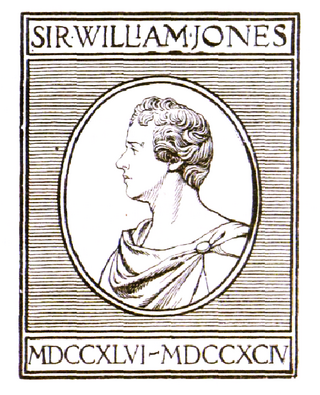
The Asiatic Society is a Government of India organisation founded during the Company rule in India to enhance and further the cause of "Oriental research". It was founded by the philologist William Jones on 15 January 1784 in a meeting presided over by Justice Robert Chambers in Calcutta, the then-capital of the Presidency of Fort William.

John Lockwood Kipling was an English art teacher, illustrator and museum curator who spent most of his career in India. He was the father of the author Rudyard Kipling.

The Clockmakers’ Museum in London, England, is believed to be the oldest collection specifically of clocks and watches in the world. The collection belongs to and is administered by the Clockmakers’ Charity, affiliated to the Worshipful Company of Clockmakers, founded in 1631 by Royal Charter. Since 2015 it has been housed in a gallery provided by the Science Museum in South Kensington, having formerly been located in the Guildhall complex in the City of London since 1874, where it first opened to the public. Admission is free.

The India Office Records are a very large collection of documents relating to the administration of India from 1600 to 1947, the period spanning Company and British rule in India. The archive is held in London by the British Library and is publicly accessible. It is complemented further by the India Papers collection at the National Library of Scotland in Edinburgh.
The 80th Regiment of Foot (Staffordshire Volunteers) was an infantry regiment of the British Army, raised in 1793. Under the Childers Reforms it amalgamated with the 38th (1st Staffordshire) Regiment of Foot to form the South Staffordshire Regiment in 1881.
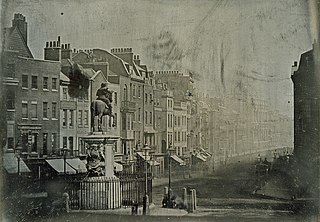
During the 19th century, London grew enormously to become a global city of immense importance. It was the largest city in the world from about 1825, the world's largest port, and the heart of international finance and trade. Railways connecting London to the rest of Britain, as well as the London Underground, were built, as were roads, a modern sewer system and many famous sites.

Sir Henry Whatley Tyler was a pioneering British engineer and politician, who contributed to the Great Exhibition of 1851 and whose collections helped found the Science Museum in South Kensington. His interests were mainly in railways, where he served Inspector of Railways and a railway company director but also in water and iron working. He was also a Conservative politician who sat in the House of Commons from 1880 to 1892.
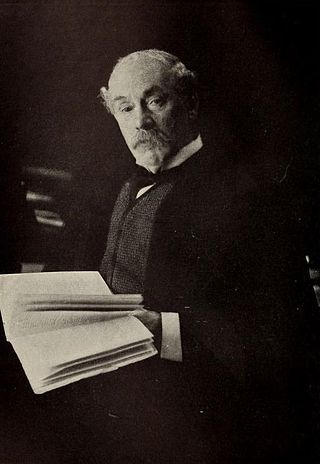
Sir Caspar Purdon Clarke was an English architect and museum director.

Blythe House is a listed building located at 23 Blythe Road, West Kensington, London Borough of Hammersmith and Fulham, UK. Originally built as the headquarters of the Post Office Savings Bank, it is now used as a store and archive by the Victoria and Albert, Science and British Museums. In the 2015 Autumn Statement the Government announced it would fund new storage for the museums and then sell off Blythe House.
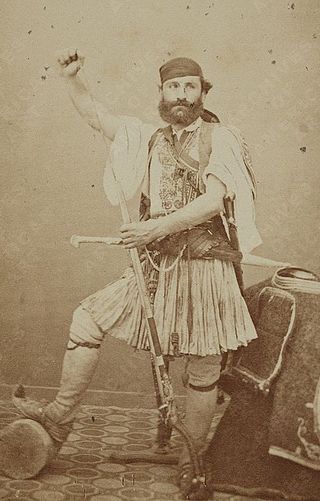
Lockwood de Forest was an American painter, interior designer and furniture designer. A key figure in the Aesthetic Movement, he introduced the East Indian craft revival to Gilded Age America.
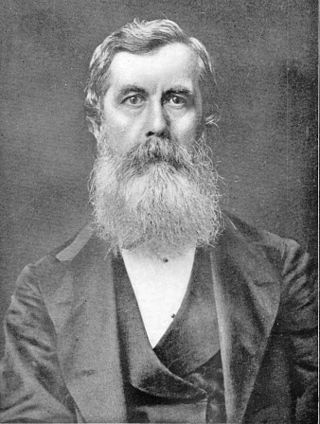
Frederic Moore FZS was a British entomologist and illustrator. He produced six volumes of Lepidoptera Indica and a catalogue of the birds in the collection of the East India Company.

The Amaravati Collection, sometimes called the Amaravati Marbles, is a series of 120 sculptures and inscriptions in the British Museum from the Amaravati Stupa in Amaravathi, Guntur in the Indian state of Andhra Pradesh. The Amaravati artefacts entered the Museum's collection in the 1880s. The Amaravati sculptures were sometimes also called the Elliot Marbles on account of their association in with Sir Walter Elliot, who had them removed from the site to Madras in the 1840s.